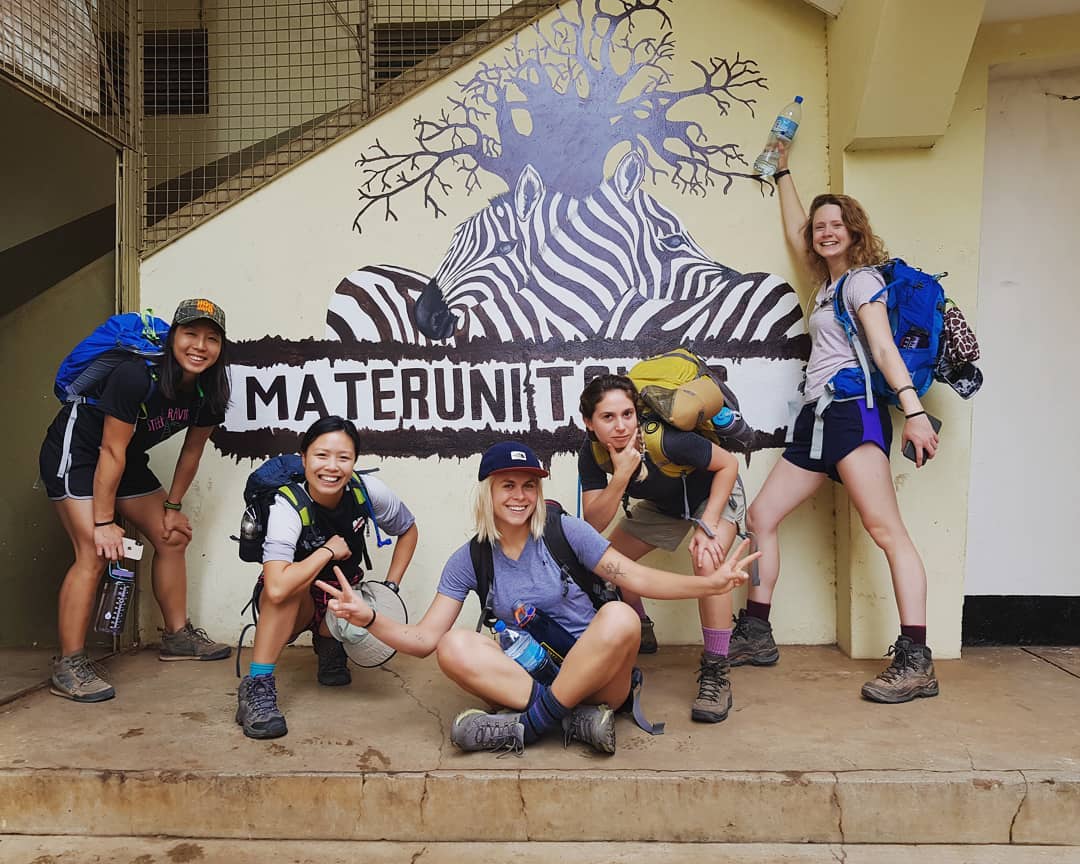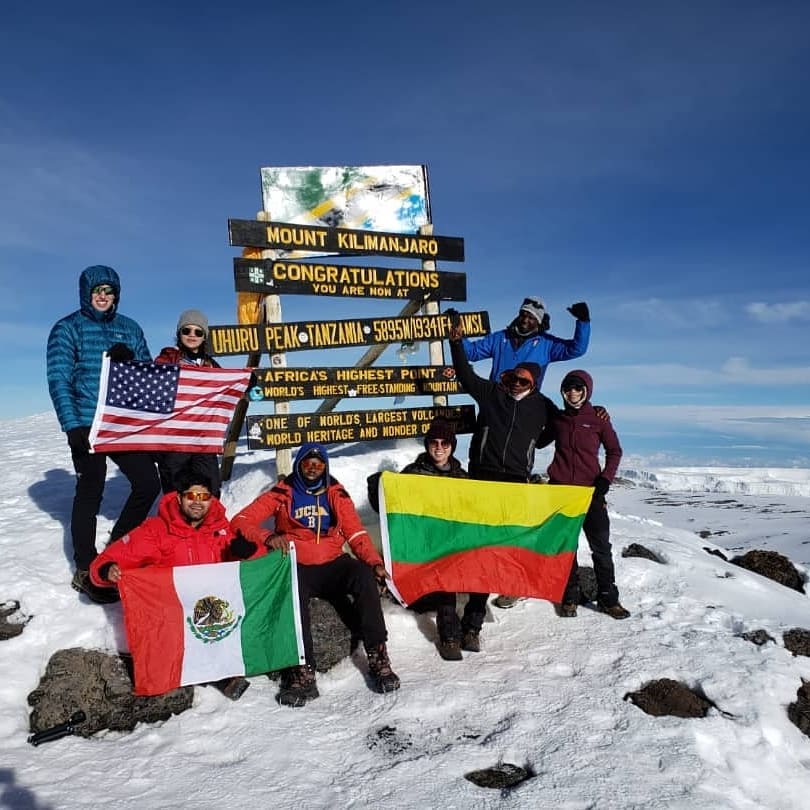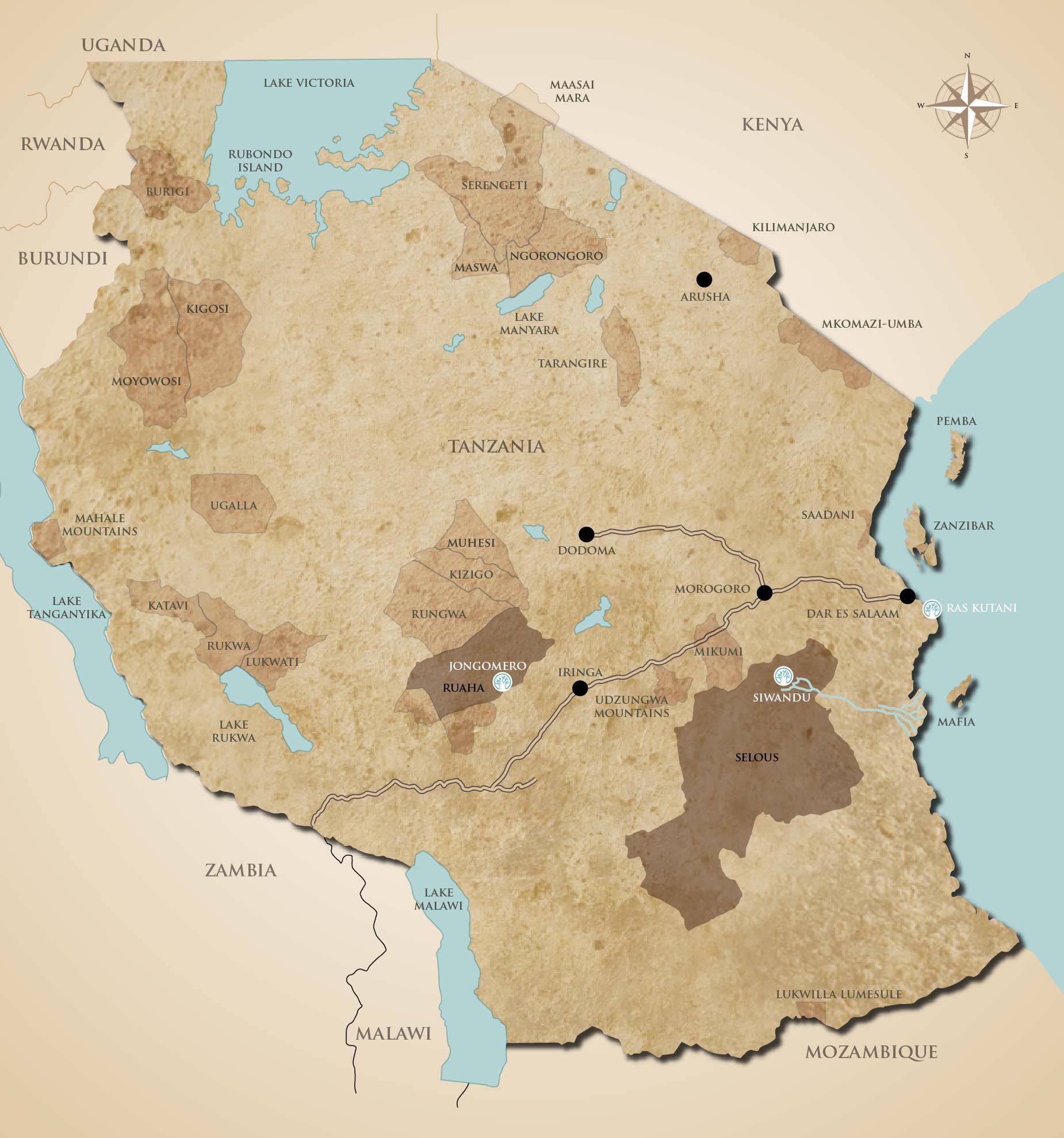5 Days Marangu Route
5 Star rated safari company in Moshi, Tanzania on TripAdvisor
5 Days Kilimanjaro Marangu Route
For individuals who haven’t hiked much at high elevations before, the Marangu route is an excellent 5-day walk with an effective extra day of acclimatization, resulting in a higher success rate. Mountaineers with prior experience and acclimatization might opt for the more challenging 5-day ascent along the Marangu route.
Marangu is the only route that offers dormitory-style hut lodging for climbers who do not want to camp. The huts feature a common dining area, basic washrooms, and toilets that are flushable lower down the mountain but “long drop” loos further up.
PLANNING AN ADVENTURE IN TANZANIA?
5 Days Marangu Route
1
Step 1
keyboard_arrow_leftPrevious
Nextkeyboard_arrow_right
Full Itinerary
Day 1: Start: Marangu Gate (1905m) Finish: Mandara Huts (2720m)
+
-
- Total distance: 8.75km
- Hiking Time (approx.): 3 hours
Marangu gate, the headquarters of Kilimanjaro National Park, lies a 45 minute drive from Moshi town. Upon arrival you will register here, which can take up to 1 hour, depending on the number of other trekkers embarking on their climb this day. You will then set off along the path for a solid uphill walk to reach the Mandara Huts. There is plenty to distract you in the rainforest ecosystem- blue monkeys, black and white colobus and the endemic Kilimanjaro impatiensflower (a little red beauty!). Stop at Kisamboni for your picnic lunch before continuing on upwards, with the trail steepening as you pass through the forest. Before you reach your destination for the night, heather and bearded lichen start to appear. If you have enough energy once reaching the huts there is a great little walk over to Maundi Crater, with fantastic views to Kenya and Mawenzi peak as well as a beautiful variety of wild flowers. The huts here are a little bit fancy with even the luxury of flush toilets (enjoy it while you can!) and running water fed by a spring above.
Day 2: Start: Mandara Huts (2720m) Finish: Horombo Huts (3720m)
+
-
- Total distance: 12km
- Hiking Time (approx.): 6-8 hours
After a short stretch of forest at the start of the day, you will be walking mostly through moorland – a landscape spotted with heather and lobelias, characteristic of this ecosystem. From this day onwards you should (provided no cloud) be able to spot both peaks of Kilimanjaro – Kibo and Mawenzi that provide an unrivalled backdrop to your photos. You’ll stop for a picnic lunch along the way before reaching the Horombo Huts. These are some of the busier huts (sleeping up to 120 people) as they are used for the descent from several other routes. They have a great atmosphere with the opportunity to meet lots of other travellers, many already on their way back down. Share tips and swap stories over your dinner in the dining hall.
Day 3: Start: Horombo Huts (3720m) Finish: Kibo Huts (4715m)
+
-
- Total distance: 9km
- Hiking Time (approx.): 4-6 hours
This day you will pass across the saddle, the rather barren stretch of alpine desert that separates Kibo and Mawenzi peaks. Watch out for symptoms of altitude sickness, making sure to stay behind your guide who will be walking pole pole (slowly). Some of your best photos from the climb will be produced in the wonderful lighting here, and you can enjoy great views of the many parasitic cones along the way. These ‘cones’ are formed following eruptions from fractures along the flank of the volcano that was Kilimanjaro. As you cross the saddle you will also be able to see your path for summit night laid out ahead of you up to Gillman’s point. Kibo Huts are nested just under the peak for which they are named – no flushing toilets here but some rather cold and basic huts built of stone. You’ll arrive here for a late lunch and then rest up in preparation for your summit.
Day 4: Summit Night: Kibo Huts (4715m) to Uhuru Peak (5895m) back to Kibo Huts
+
-
- Total distance: 6.25km
- Hiking Time (approx.) 6 hours
Start: Kibo Huts (4715m) to Horombo Huts (7720m)
- Total distance: 9km
- Hiking Time (approx.): 3-4 hours
Depending on how you have fared with the altitude in the days before, you will be woken at 11pm-12am to start your ascent up to Uhuru Peak. Have some tea and biscuits to warm you up before starting on the hardest part of your trek. You will make your way up to Gillman’s point by flashlight, zig-zagging your way along the soft ground. This is definitely one of the steeper and more challenging ascents, but there is no such thing as going too slowly – make sure to take your time. Upon reaching Gillman’s point you will stop for a well-deserved rest. You will have earned your certificate here, but don’t let that stop you from going on up to Uhuru peak – the hard work is over. Now you can enjoy the magnificent views of glaciers to the left, and Reusch’s crater to the right. Most trekkers will make it to the peak after approx. 6 hours, in time to watch what will be one of (if not the) favourite sunrise(s) of your life. Heading back down to Kibo will be surprisingly quick, some like to use their walking poles to ‘ski’ down the soft scree! Have some warm food here, rest up, before continuing your descent down to Horombo Huts.
Day 5: Start: Horombo Huts (3720m) to Marangu Gate (1905m)
+
-
- Total distance: 20.75km
- Hiking time: 7-8 hours
A long last day, which will no doubt feel like a walk in the park after yesterday’s efforts. Make sure to enjoy this final day of the mountain… that beer will still be cold, and the shower still hot when you get down! If you are not in a rush, your guide can take you down via the Marangu ‘Nature Trail’ – a much less used path (be prepared to hop over a few fallen trees) before reaching a beautiful water fall. Enjoy time monkey and bird-spotting in the forest before emerging out at Marangu Gate where you will sign out of the National Park. There is a great little souvenir spot here, with maps, books and postcards to buy (handy tools when bragging to all your friends back home!). From the gate, our car will pick you up and transfer you back to your hotel for a well-deserved rest (massages available on request)!
Commonly misconceived as the easiest of routes due to the ‘Coca-cola’ nickname, we only really advise to take this route over the Machame route during rainy season, or for those with previous trekking experience at altitude.
- Suitable for: Moderate fitness with previous trekking experience ideal
- Pros: One of the shorter routes, this may be an option for those on a tight timeframe and/or budget. With accommodation in huts it can also be a good option during rainy season.
- Cons: Trek goes ascends and descends via the same path and approaches the summit from the steeper route via Kibo Hut.
- Trekking Days required: 5 or 6
We always recommend you have at least 1 day in town before starting your trek. This gives you time to rest, relax and prepare. On this day we make sure you meet your guide(s) so that they are able to check all your gear, we can rent anything else that you require and you have the opportunity to ask them any questions you may have!
The ‘Coca cola’ nickname of this route is somewhat misleading, giving the impression that it is easier than the ‘Whiskey’ (Machame) route. Yes, it is shorter in distance and there is the attraction for some of sleeping in huts rather than camping. However, shorter also means steeper and so the success rate with the Marangu route is much lower. The budget conscious are often attracted to the cheaper price point of this route and it is a great choice for those coming during rainy season (March through June -because let’s face it, camping is no fun in the rain!). Taking this route over 6 days will greatly help you with an extra day of acclimatisation. This route has wonderful views, providing ample photo opportunities of both peaks of Kilimanjaro* (Kibo and Mawenzi). It is worthwhile noting that it is the only route of Kilimanjaro where you ascend and descend using the same route (although there are options on a couple of days to take alternative detours).
The huts consist of several dormitories (mixed male and female), a rangers hut, toilet block and a dining hall. Huts need to be reserved in advance, therefore we require a deposit upon booking so that we can make the appropriate reservation. In each hut there are beds (numbers vary from camp to camp) with mattresses and a pillow, but you will still need to bring your own sleeping bag.
*If you are British and grew up with Monty Python we have a feeling you might have a chuckle at this phrase. If you have no idea what we are talking about, watch the following clip:
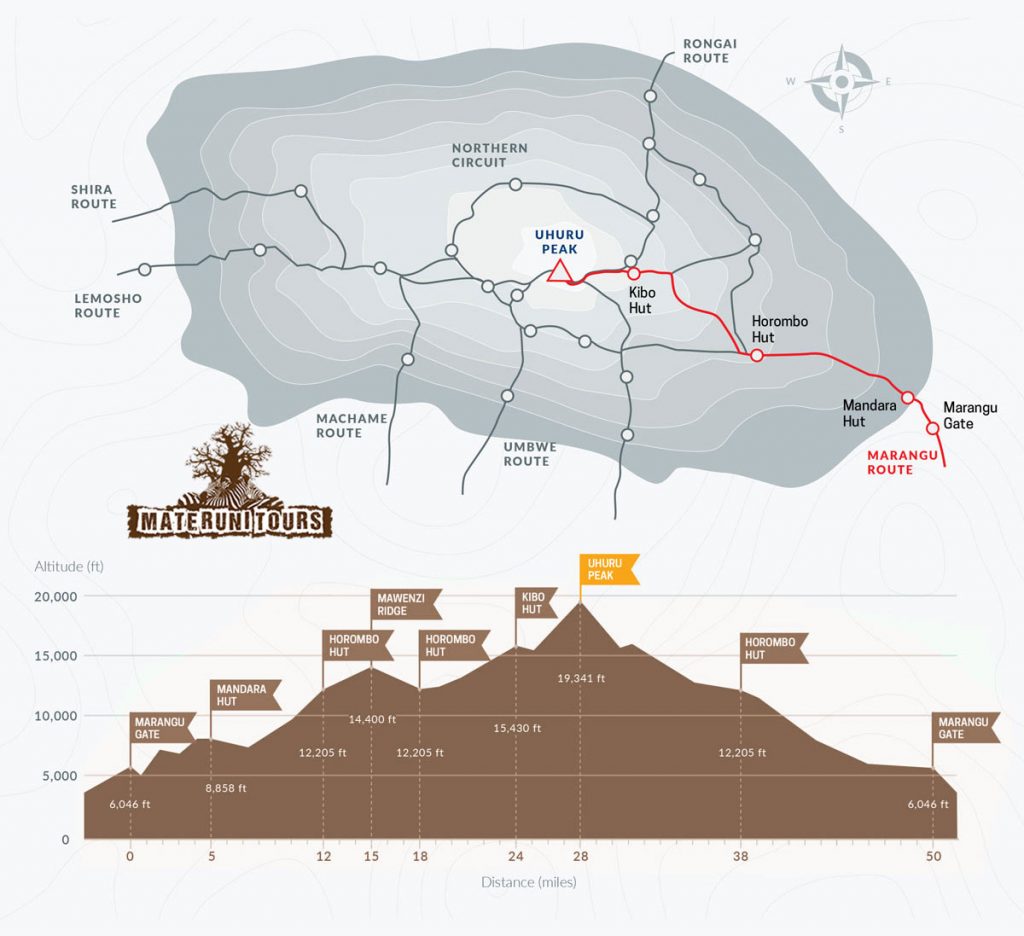
- Included in cost:
- 2 nights hotel accommodation in Moshi/Arusha (before/after the climb)
- Transport to and from Moshi/Arusha to the trail head
- Kilimanjaro National Park permits, camping /huts fees, rescue fee, and Value Added Tax (VAT)
- Expert guide, assistant guides, cook and porters
- Bottled oxygen for emergency rescue only
- Camping tents
- Sleeping pads
- Mess tents, tables, chairs, and lanterns
- Fresh and nutritious meals on the mountain
- Breakfast at the hotel
- The price does not include:
- Airfare and visa fees at airports
- Lunch or dinner at hotel
- Beverages at the hotel
- Personal gears and equipment
- Tipping
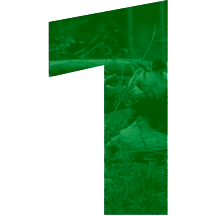
Best Time for Climbing Mount Kilimanjaro?
The best time to climb Kilimanjaro is between the warm and dry months of January through early-March and June through October. When the skies are clear and warm comfortable hiking conditions

How Much Does Climbing Kilimanjaro Cost?
Cost for safaris in Tanzania depends with the number of people, number of days visiting Tanzania and the type of accommodation on the safari (luxury, midrange and budget options ). Read more
SUBSCRIBE
To get more news and latest safari offers. Subscribe
- Materuni Tours - Copyright 2021

